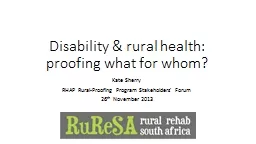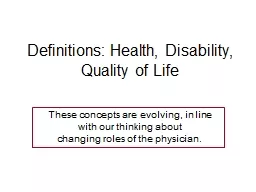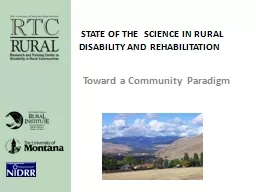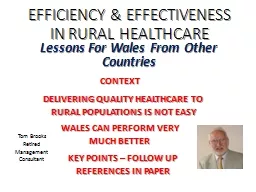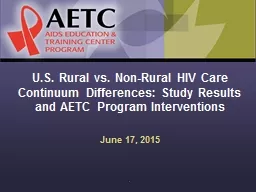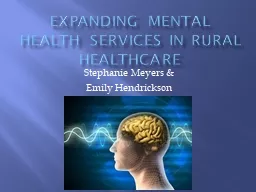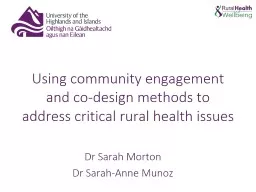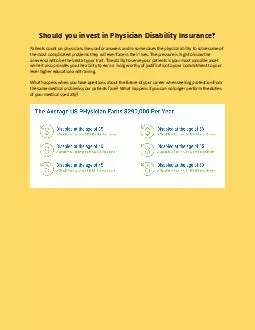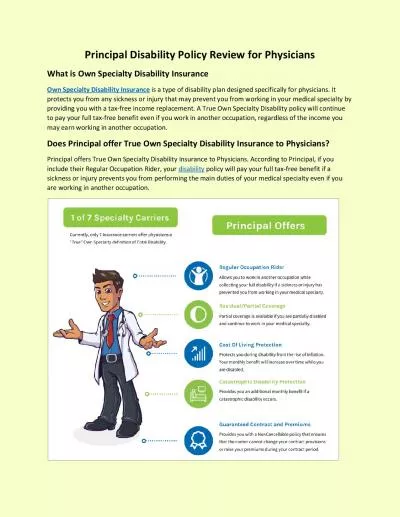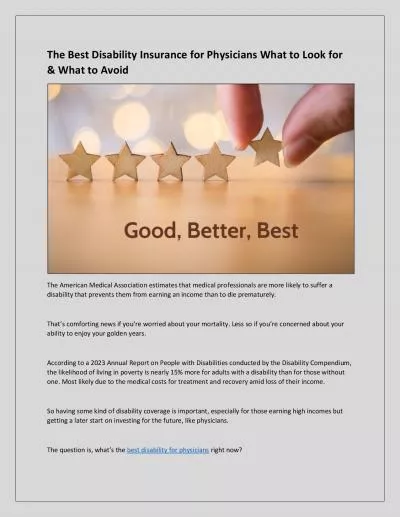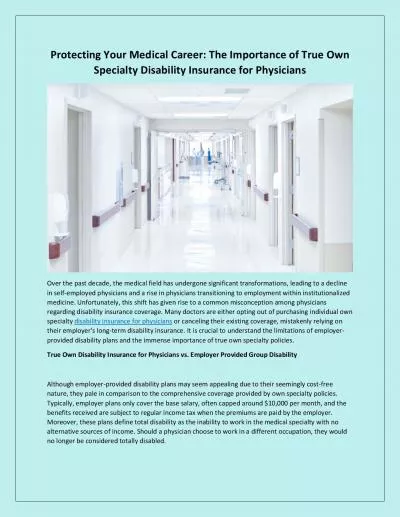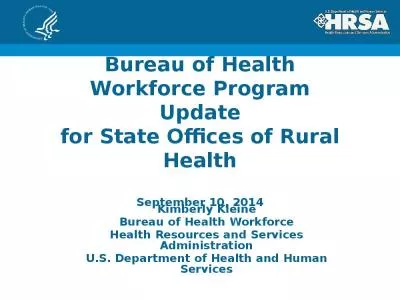PPT-Disability & rural health:
Author : trish-goza | Published Date : 2017-06-02
proofing what for whom Kate Sherry RHAP RuralProofing Program Stakeholders Forum 26 th November 2013 Rural Rehab South Africa Founded September 2011 Physio Occupational
Presentation Embed Code
Download Presentation
Download Presentation The PPT/PDF document "Disability & rural health:" is the property of its rightful owner. Permission is granted to download and print the materials on this website for personal, non-commercial use only, and to display it on your personal computer provided you do not modify the materials and that you retain all copyright notices contained in the materials. By downloading content from our website, you accept the terms of this agreement.
Disability & rural health:: Transcript
Download Rules Of Document
"Disability & rural health:"The content belongs to its owner. You may download and print it for personal use, without modification, and keep all copyright notices. By downloading, you agree to these terms.
Related Documents

